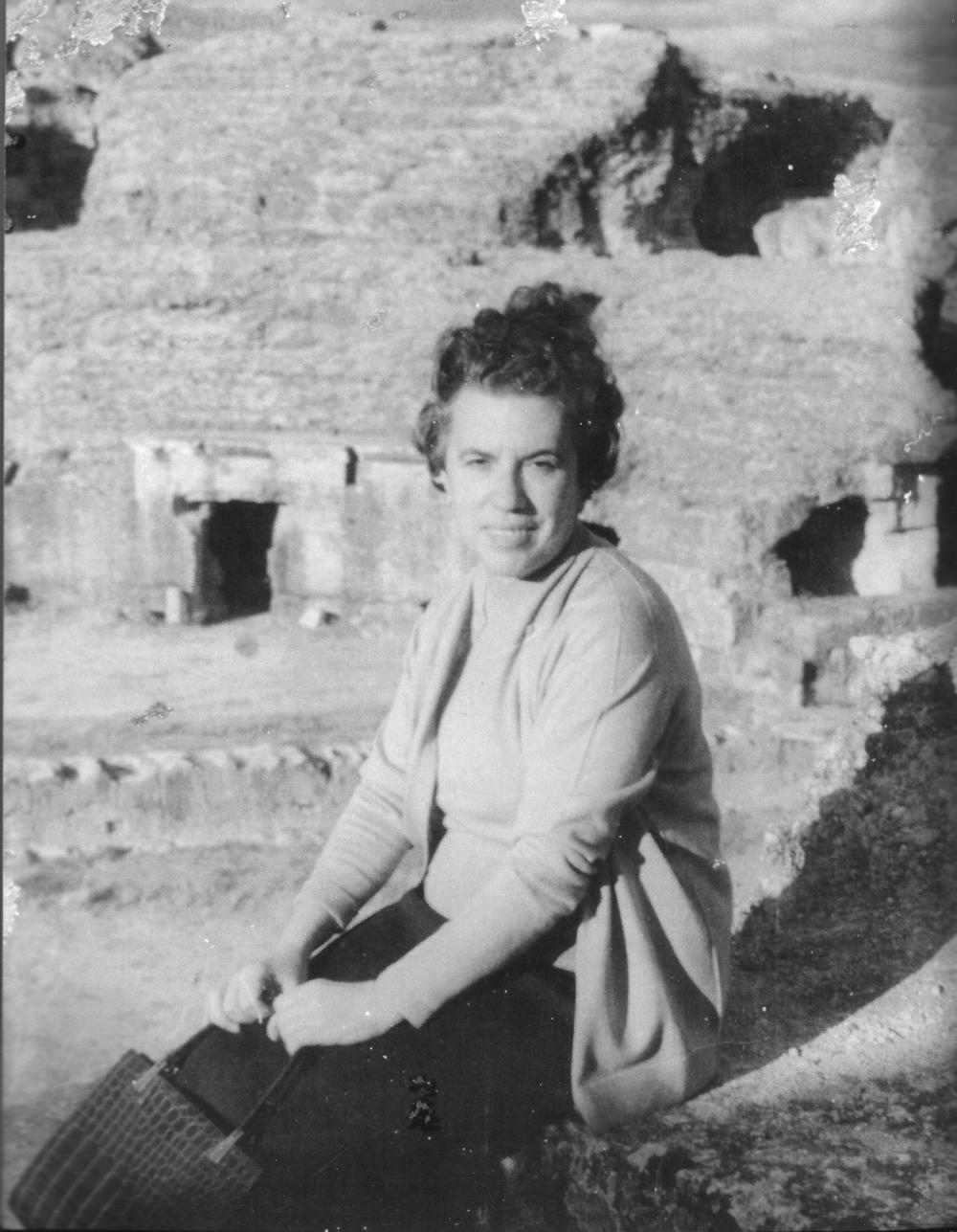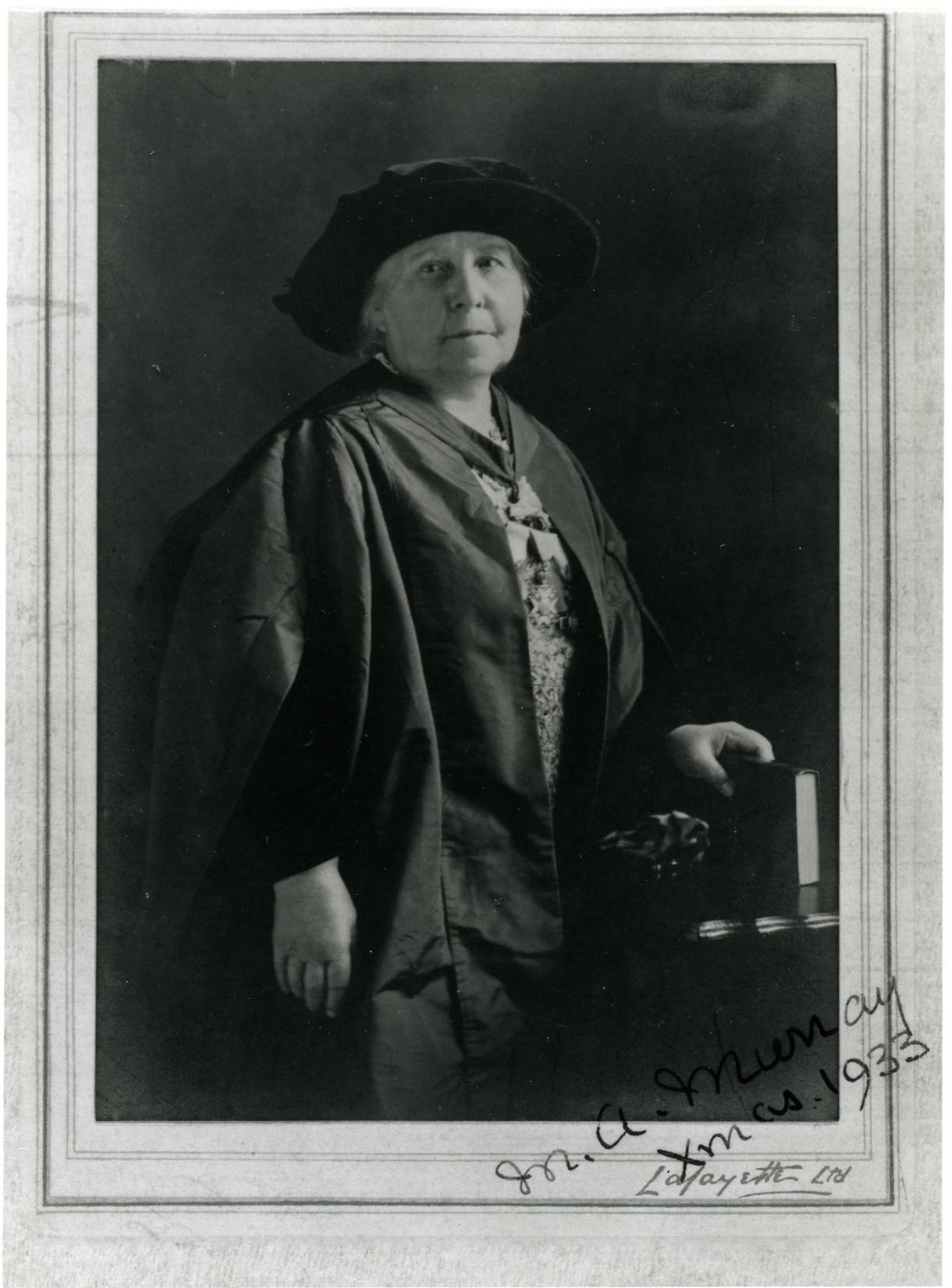 The association Women for Dialogue and Education and its project "Women in the World Heritage of Spain" dedicate a space to the role of women in Talayotic Menorca this November. Its president, Giovana G. Calderón, has interviewed Antoni Ferrer, director of the Talayotic Menorca Agency, on the programme "Marca España" on Radio Exterior de España, where they delve into the life of women in these island societies and the contribution of women archaeologists to the discovery of our prehistoric legacy.
The association Women for Dialogue and Education and its project "Women in the World Heritage of Spain" dedicate a space to the role of women in Talayotic Menorca this November. Its president, Giovana G. Calderón, has interviewed Antoni Ferrer, director of the Talayotic Menorca Agency, on the programme "Marca España" on Radio Exterior de España, where they delve into the life of women in these island societies and the contribution of women archaeologists to the discovery of our prehistoric legacy.
As Calderón explains on the "Women in the World Heritage of Spain" website, there is still not much information on the role of women in Talayotic Menorca, but some studies will soon provide us with more data. According to Antoni Ferrer, as the burials were collective, the bones are not usually found in anatomical connection. Therefore, in many cases we don't know whether a specific bone belonged to a man or a woman. Likewise, the absence of grave goods or ornaments is another problem when it comes to identifying these remains.
On the other hand, no differences have been documented between the sexes in terms of intense physical effort, but it's unknown whether this lack of differences may be due to the reason mentioned above. Perhaps genetic analyses, which can differentiate the sex of the individual, may provide data in this regard in the near future.
What is known is that men had a longer life expectancy. Fewer adult females appear in burial sites, suggesting that they died before reaching adulthood in a higher proportion than males. It has been suggested that women may have been less well nourished and/or cared for during childhood.
On the other hand, pregnancies were physically demanding for women, which could also influence their shorter life expectancy. In any case, between the ages of 15 and 20, there was a higher mortality rate among women, linked to complications during the first pregnancy.
Pioneering women archaeologists
Among the pioneering archaeologists in the research of Talayotic Menorca,
Margaret Alice Murray (1863-1963), an Anglo-Indian anthropologist and the first woman Egyptologist, stands out. She was appointed professor of archaeology in the United Kingdom and worked at University College London (UCL) from 1898 to 1935. Unable to return to Egypt due to World War I, she focused her research on the witch cult hypothesis. Murray also became closely involved in the suffragette movement, joining the Women's Social and Political Union of England (WSPUS) and devoting much time to improving the status of women at UCL. From 1921 to 1931 Murray worked in prehistoric sites in Malta and Menorca.

She lived in Menorca between 1930 and 1931 where she developed her interest in folklore and was the first person to undertake a modern archaeological excavation in Menorca. This first scientific excavation of a Menorcan site was commissioned by the Museum of Ethnology at Cambridge University. The work was compiled in three fundamental volumes for the study of prehistoric archaeology,
Cambridge Excavations in Minorca (1931-34), which included more than one hundred pages with images and photographs.
She returned years later to explore the island of Lazareto. Margaret Murray wrote independently and, even when she was 100 years old, published a final work, her autobiography titled
My First Hundred Years (1963). Later that same year she died of natural causes.
Another pioneer was the
Menorcan archaeologist Maria Lluïsa Serra Belabre (1911 - 1967), who carried out her research between the 1950s and 1960s. She was also a historian, archivist and librarian and dedicated her life to the cultural heritage of the island where she was born. She was director of the Casa de Cultura in Maó (Menorca), among many other responsibilities. She studied the history of Menorca through its archives, libraries and archaeological sites.
Of all the sites she studied, Sant Vicenç d'Alcaidús (Alaior, Menorca) stands out as the key to her theories on the Talayotic dwellings. One of her main contributions to research was the systematisation of the island's prehistoric domestic units, known as circles. She also directed numerous field interventions on the island, including the discovery of the early Christian basilicas of Es Fornàs de Torrelló and Isla del Rey, and the excavations of, among others, the naveta of Biniac.
With Luis Pericot, she co-directed an ambitious project with a grant from the March Foundation that included the archaeological excavation of numerous settlements, the preparation of topographies and planimetries, and the restoration of the famous naveta des Tudons.
Serra disseminated Menorca's rich heritage through various scientific and informative publications, in addition to her participation in countless national and international congresses. She placed Menorca at the centre of the scientific scene, the highlight of which was the organisation of the 10th National Archaeology Congress on the island (1967). She left unfinished a major project,
La historia de Menorca (The History of Menorca). The short strory of this work was recounted in the Revista de Menorca years later, in 1973.